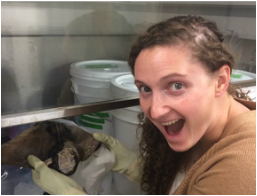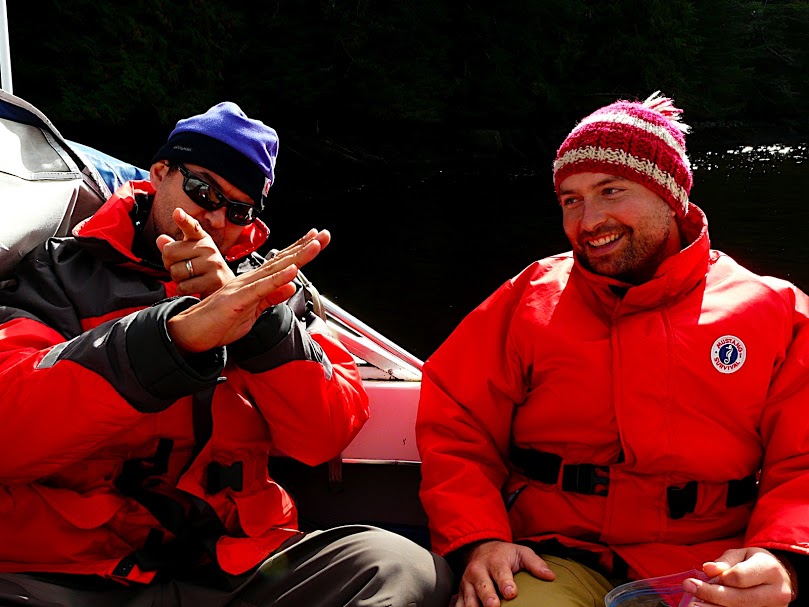What do we work on?
My long-term goal is to understand which marine species will survive the Anthropocene and how to save the ones that might not? [1] A significant challenge is that many species are data-poor [2]. Hence, my vision is that relatively easy-to-collect data – using a combination of a natural history field guide, thermometer, microscope and dissection kit – can be used to derive population growth rates and global extinction risk patterns, when combined with the models and maps I will develop.
My integrated research program spans population dynamics, from organismal metabolic processes to global patterns, and is poised exploit two key opportunities. Much of our understanding of global biodiversity comes from well-trodden terrestrial vertebrate exemplars. First, fishes, and specifically Chondrichthyans (hereafter “sharks"), offer an independent aquatic test of many established theories. Second, I now have the requisite components to test many macroecological and macroevolutionary hypotheses using sharks as an incredibly interesting exemplar, including: a dated phylogeny [3], compete distribution maps [4] and IUCN extinction risk estimates for all species [4], plus a rapidly growing database of life history and ecological traits (https://www.sharkipedia.org). We have successfully dissected the metabolic basis of the climate-change responses of species [5]. Recently, we are revealing the morphological respiratory basis of metabolism [6,7], and the connection between metabolism and life histories and population dynamics [8]. We are now ready to apply these techniques to understand overfishing and extinction risk and explore spatial priorities for conservation [3,9] and fisheries management improvements [10].
We are accepting MSc, PhD and Postdoctoral fellows with dissection/histology, data-mining, GIS, quantitative/coding skills to work on comparative analyses of sharks and rays centred on these 7 areas of enquiry: (i) growth, activity, temperature and population dynamics, (ii) population growth rates and economic discounting, (iii) trait-based approaches to ecosystem function, (iv) phylogeography, (v) evolution of offspring size & fecundity, (vi) national fisheries management risk assessments, & (vii) MPAs and spatial management options. Before you apply.... Read this essential blog post on Conservation Bytes by Prof Corey Bradshaw and this excellent article in the New York Times. When you apply.... Please send a CV, an unofficial transcript with a conversion to SFU 4.0 GPA scale. |





